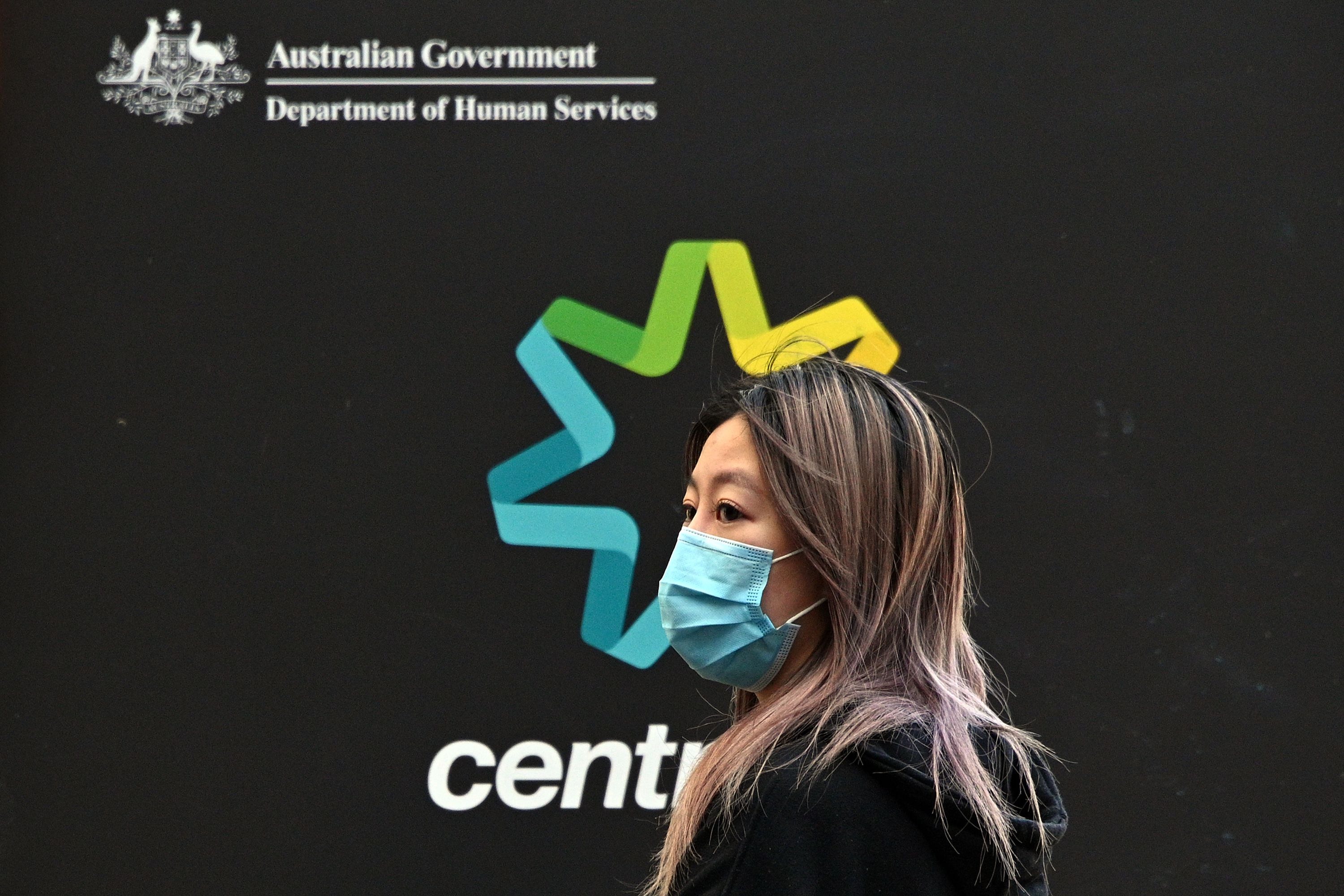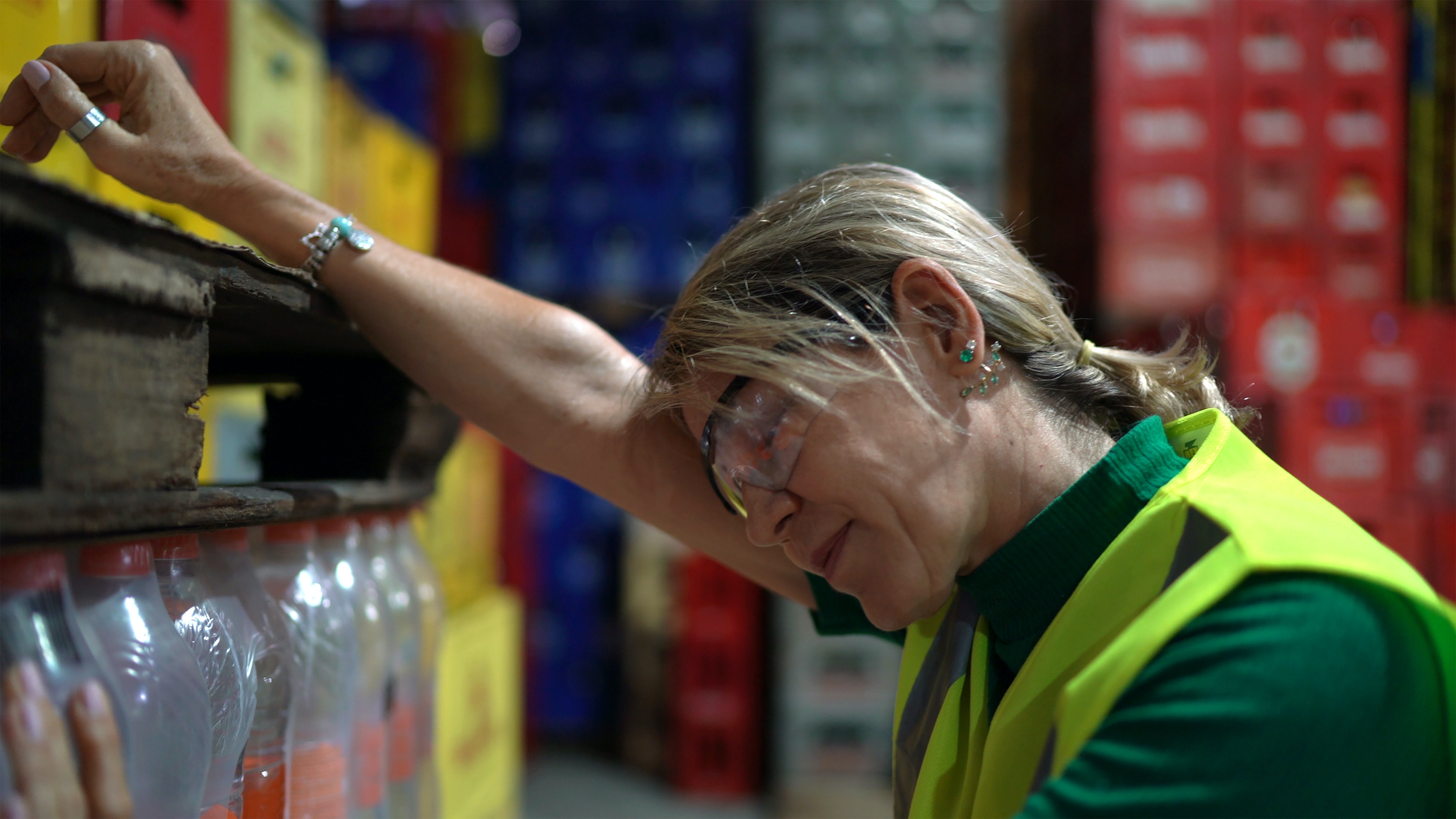
Politics & Society
Are our new virtual workplaces equitable?

Many Australians are facing potential unemployment, but the reality is some people are more likely to face discrimination and inequality in the workplace during COVID-19
Published 3 May 2020
COVID-19 is fundamentally reshaping the economy and the world of work.
Mass layoffs – in tourism, bars, clubs, cafes, restaurants, cinemas and casinos, and also increasingly in professional services – have particularly affected people in precarious or insecure work.

Governments are scrambling to offer social security and JobKeeper payments to compensate for some of these job losses, but there has been little acknowledgment of the potential inequities that accompany these broader trends.
Unless these are recognised and managed, people face long-term disadvantages in employment long after the COVID-19 pandemic ends.
We need to apply an intersectional lens to these inequalities, recognising how different forms of disadvantage, across grounds such as gender, ethnicity, disability, age and socio-economic status, are compounded and interlinked, perpetuating inequities in workplaces.

Politics & Society
Are our new virtual workplaces equitable?
Casual and insecure employees are far more likely to be affected by COVID-19 as they have few protections against a reduction in shifts or dismissal.
Women are also at a disadvantage as they are less likely to have paid leave entitlements than men. Older and younger workers are disproportionately over-represented in insecure work, too.
In August 2019, before COVID-19 affected Australian workplaces, according to Australian Bureau of Statistics (ABS) data, there were 2,573,200 employees without paid leave entitlements in Australia.
This represents 24.5 per cent of all employees, and 20.5 per cent of all employed persons (once we include those who are owner managers of incorporated or unincorporated enterprises).

Lack of paid leave entitlements is just one characteristic of insecure work. Others can include lack of certainty around the duration of a job, unpredictable working hours or pay and having little or no voice to determine working conditions.
However, a lack of paid leave is used as a statistical proxy for casual work in Australia, as it is otherwise difficult to measure.
For employees of ‘prime age’ – between 35 and 44 – the ABS found that only 14.6 per cent were in insecure work (that is, had no paid leave).

Business & Economics
The toxic spread of COVID-19 racism
But for younger and older workers, this picture was not so positive, with 73.9 per cent of 15 to 19-year-old employees in insecure work and 43.1 per cent of Australian employees aged 20 to 24 in the same position. Insecure work also becomes a greater issue for older workers, affecting 34.5 per cent of Australian employees aged 65 and over.
So the impacts of COVID-19 are likely to mostly be felt by female workers along with younger and older workers, and there is increasing concern that youth employment will not recover quickly or easily after COVID-19.
The ABS Labour Force data collected for February and March 2020 did not identify notable impacts from COVID-19, as the reference period was before most shutdowns commenced. April 2020 data is likely to tell a very different story.

However, ABS statistics on jobs based on Single Touch Payroll data from the Australian Taxation Office indicate that between 14 March and 4 April jobs declined by 6.0 per cent, with jobs substantially declining in the accommodation and food services (25.6 per cent), and the arts and recreation (18.7 per cent) industries.
This disproportionately affected both younger and older workers: jobs decreased by 9.9 per cent for those aged under 20, and by 9.7 per cent for those aged 70 and over.
These figures only capture around 71 per cent of small employers (that is, those who use Single Touch Payroll). This means that these figures likely understate actual job losses.

Health & Medicine
Will COVID-19 change what it means to be unemployed?
The government has developed the JobKeeper Payment scheme to keep people in work, but this does not extend to casuals with less than one year at an employer, or to migrant workers. This disadvantages young workers who, on average, have much shorter job tenure than older workers.
Analysis by research-based advisory firm McCrindle into data from the Household, Income and Labour Dynamics in Australia (HILDA) Survey estimates that average job tenure for those under 25 is only 20 months. So, meeting the 12-month requirement for the JobKeeper payment is likely to be particularly tough for young workers.
At the other end of the age spectrum, according to Department of Health statistics issued in early April, most deaths from COVID-19 have occurred in Australian men and women aged 70-years and older.

Concern that older workers will experience more catastrophic COVID-19 symptoms may lead employers to resist putting older workers in customer-facing roles.
Employers need to prioritise the health and wellbeing of staff but older employees may lose work due to fears for their health and safety, putting them at significant financial risk.
Employers may also be reluctant to rely on older workers to avoid potential legal ramifications. Workers’ compensation claims have already been lodged in relation to COVID-19 and this is likely to grow substantially. While workers’ compensation claims are not limited to older workers, the issue is around how employers view and value their older workforce.

Business & Economics
The do’s and don’ts of bolstering your financial resilience
Added to these concerns is the current ability to draw down on superannuation to tide people over financially during COVID-19 which risks draining the superannuation accounts of workers, especially women.
According to the Association of Superannuation Funds of Australia, in 2017, the median superannuation balance at retirement for men was three times higher than for women. By the time they were aged 60 to 64 men had a superannuation balance of $A110,000 compared to only $A36,003 for women.
Adding to this worrying picture, in 2015–16, around 32.7 per cent of women – almost a third –reported having no superannuation, compared with 27 per cent of men. Further, the median superannuation balance for women aged 30 to 34 was $A23,396, compared with $A30,000 for men.

In terms of COVID-19, withdrawing up to $A20,000 from your superannuation account now, at a time when the share market is especially volatile, could have disastrous long-term consequences for many workers.
If we ignore age and gender inequities in this current crisis, we will not recognise the complexities of what is happening in the workplace. But age and gender discrimination receive relatively little attention in the chaos of a pandemic.
My research has found that age discrimination cases that are actually brought to court are very rare, and women and young workers are unlikely to assert their rights.
The pressures of a pandemic make individual or collective claims or disputes very unlikely so equality law needs to go on the front foot to address risks posed by this crisis.

Health & Medicine
What is COVID-19 doing to our mental health?
Employers should be attuned to any possible inequalities in their responses to COVID-19 if staff are being stood down, made redundant, being compelled or encouraged to take a pay cut or to reduce their hours.
To avoid inequity in Australia, the Fair Work Ombudsman and equality agencies in each jurisdiction must actively monitor employers’ responses to COVID-19.
We also need to be more proactive and preventative in addressing discrimination and inequality at work: seeking a remedy cannot rest solely with an individual employee.
The best way forward is for employers to take reasonable and proportionate measures to avoid discrimination in their organisations.
Banner: Getty Images